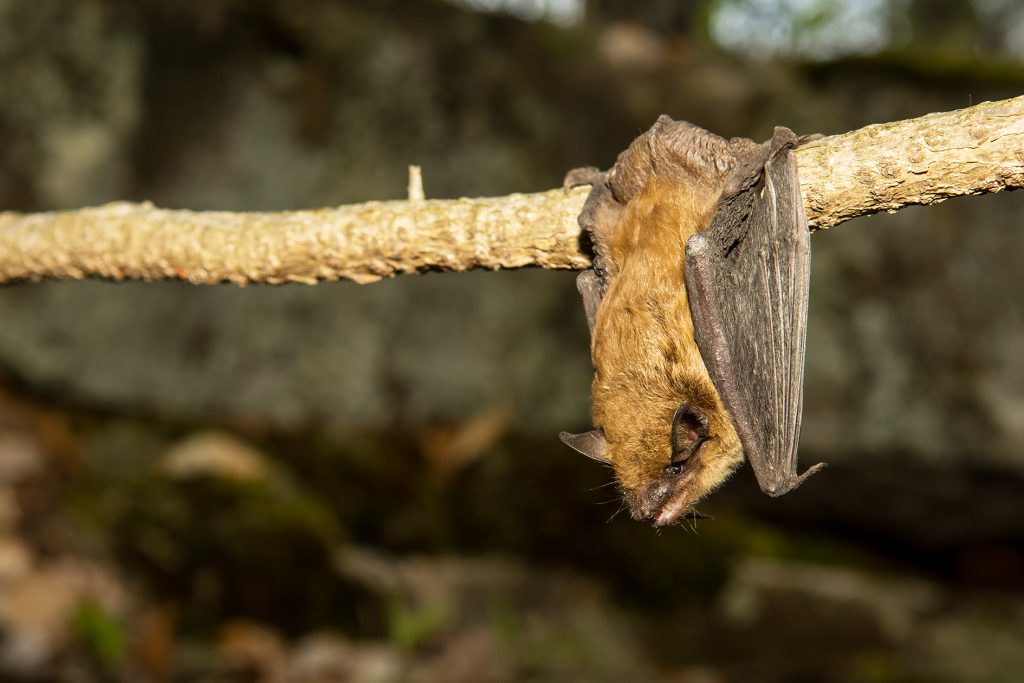‘Super immunity’: How bats carry viruses without getting sick

Bats are known for their ability to carry a number of high-profile viruses such as the Ebola virus, Nipah virus, and coronavirus.1 While these viruses can cause severe and deadly diseases in humans, bats often host them asymptomatically and seem unharmed. Researchers from the University of Saskatchewan in Canada have uncovered how bats can carry coronaviruses without getting sick.
The researchers have demonstrated that an insectivorous brown bat, Eptesicus fuscus, can be persistently infected with MERS-CoV for months due to adaptations in virus-host interactions.2 Unlike in human cells – where MERS-CoV infection kills all cells – the researchers observed a long-term persistent infection in a bat cell line. Viral persistence was established by mutations of CoV accessory genes and maintained by the bat’s ‘super immunity’.
Instead of producing inflammatory responses when exposed to MERS-CoV, the bat cells maintained a natural antiviral response.2 In other species – including humans – the production of inflammatory proteins are one of the hallmarks of getting sick. A similar observation was made by a group of researchers in Singapore who observed that bats have naturally dampened stress-related and virus-induced host inflammatory responses.1 The findings of these studies implicate both bats’ longevity and unique asymptomatic viral reservoir status.
The current study also reported that stressful events on bats – such as habitat loss and secondary infection – can lead to disruption of viral persistence, resulting in the multiplication of virus and increased shedding of virus.2 This can lead to viral spill over to other species.
CoV typically cause respiratory diseases in humans.3 The SARS outbreak in 2002 lasted for 8 months and resulted in approximately 8,000 confirmed human cases worldwide, with a 9.5% fatality rate. Ten years later, MERS-CoV emerged in Saudi Arabia and resulted in over 2,000 confirmed cases across 27 countries. In March 2020, the World Health Organization (WHO) declared the coronavirus disease 2019 (COVID-19) as a pandemic; to date, confirmed human cases and mortality continue to rise as efforts to control the pandemic intensifies.4
The model of MERS-CoV persistence in the current study would, therefore, allow further characterisation of immune responses in other cell types. Such ongoing research will provide further insights into bat immunology and the underlying mechanisms of ‘super immunity’ in bats.
References
- Ahn M, et al. Nat Microbiol 2019;4:789-799.
- Banerjee A, et al. Sci Rep 2020;10:7257.
- Banerjee A, et al. Viruses 2019;11:41.
- World Health Organization. WHO Director-General’s opening remarks at the media briefing on COVID-19 – 11 March 2020. Available at: https://www.who.int/dg/speeches/detail/who-director-general-s-opening-remarks-at-the-media-briefing-on-covid-19—11-march-2020. Accessed 27 May 2020.










